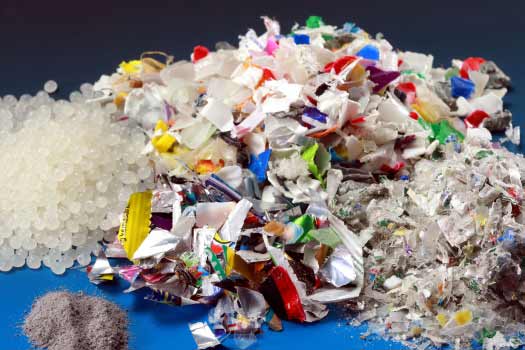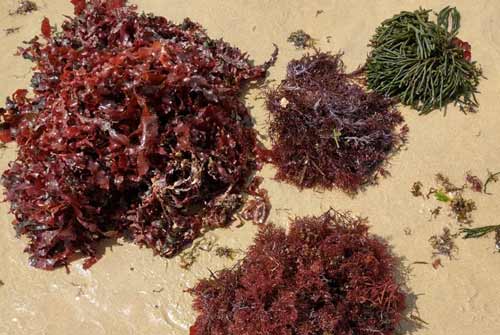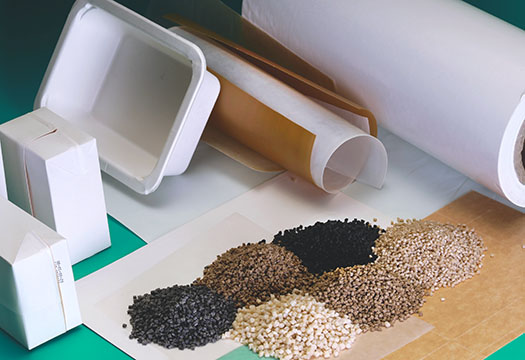Sustainable packaging should not only minimize food waste but also conserve other resources. The aim is to therefore reduce material usage, particularly plastic, and replace fossil-derived raw materials with renewable ones. However, completely ditching plastic is ineffective because it can in fact be superior to other materials — as the life cycle assessment of reusable drinks bottles made of polyethylene terephthalate (PET) shows.
The key to greater resource efficiency and minimum waste lies in closed material cycles. This applies in particular to food packaging, where the use of recycled materials is strictly regulated. Researchers at Fraunhofer IVV are developing laser-based waste sorting systems to separate food packaging from other waste materials that are unsuitable for food contact. Such systems are based on fluorescent tracers printed on the packaging, which contain a material-specific code.
Recycling composite materials, for example those made of cardboard, plastic and aluminum (such as traditional juice boxes) or those made of plastic and aluminum (such as potato chip bags and vacuum packaging for coffee), is an ongoing challenge. The different materials are strongly bonded together and cannot be separated using conventional recycling methods. Fraunhofer IVV has developed a solution to this problem with the CreaSolv Process, a physical process that uses non-hazardous solvents to separate plastics from composites. One CreaSolv pilot plant in Indonesia is recovering polyethylene for Unilever, while a plant at the premises of our industrial partner Lömi in Germany is recycling other plastics. There is currently an additional CreaSolv plant at Fraunhofer IVV in Freising.
In addition, Fraunhofer researchers are working on easily detachable composites. These contain a protein-based coating that acts as an oxygen barrier. They can be delaminated using special enzymes that break down the protein coating. Composites with adhesives that lose their adhesive strength when heated, for example, are also under development at Fraunhofer IVV.
 Fraunhofer Institute for Process Engineering and Packaging IVV
Fraunhofer Institute for Process Engineering and Packaging IVV

